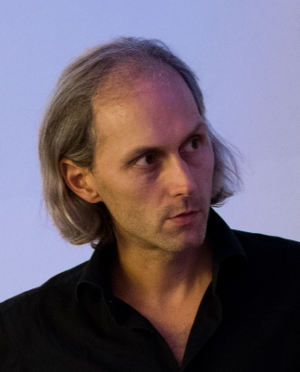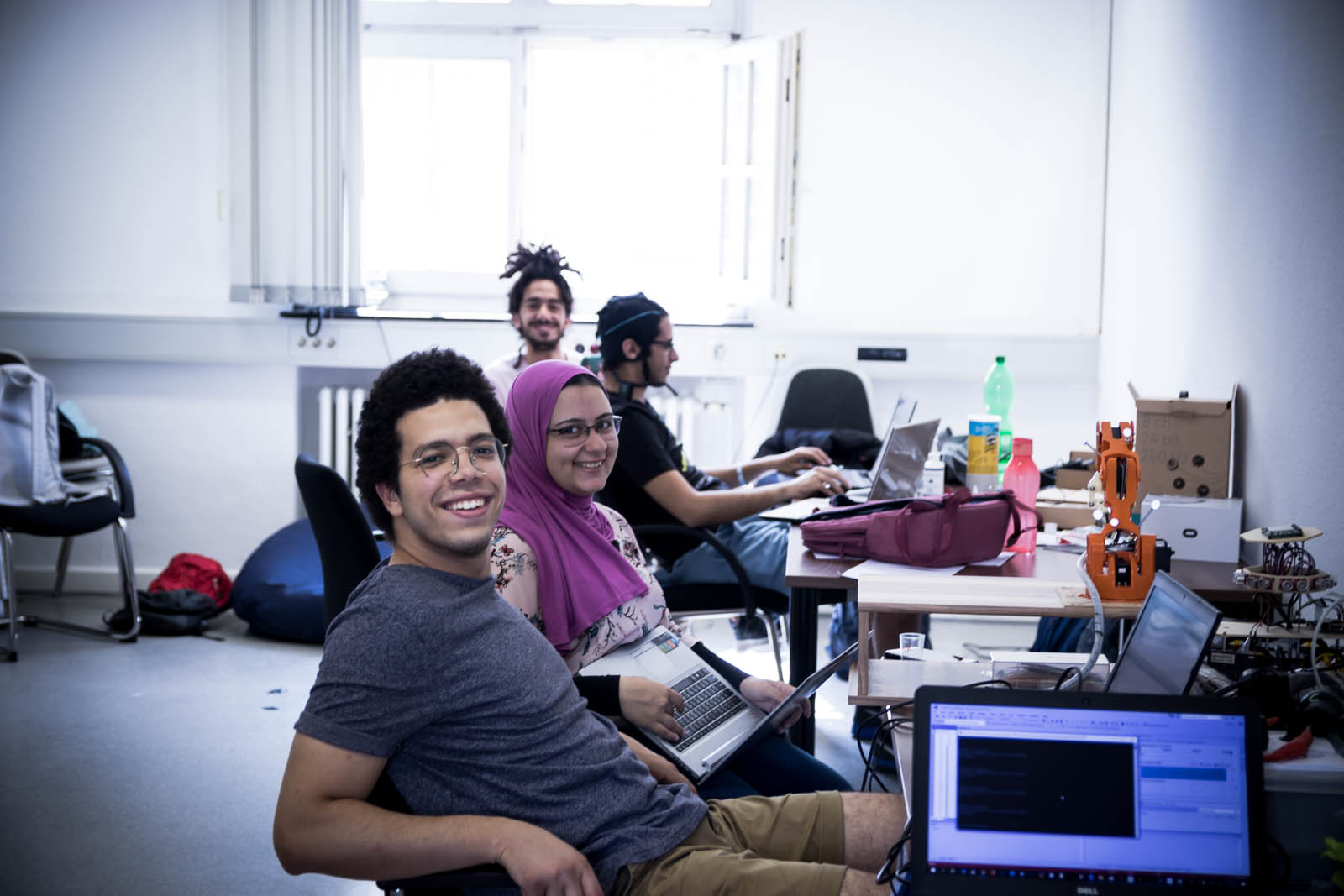Hauke%20Musicaloris-2.jpg)
BR41N.IO AT
UNIVERSITY OF DUISBURG-ESSEN
July 2-4, 2019 at Campus Essen, Germany
THE BR41N.IO DESIGNERS' HACKATHON
BR41N.IO is a brainstorming and collaborative marathon designed to be a learning experience for developers, technologists, engineers, students, artists, and scientists who cram and build brain-computer interface (BCI) applications together in teams. By putting creative minds from multiple disciplines together for a short period of time, BCI-related applications not readily thought of can be discovered and uncovered.
There are several predefined projects at the BR41N.IO Designers' Hackathon, which the participants can choose to work on. Below, the projects are described in detail including hard- and software specifications as well as the number of possible participants for each project. The Unicorn Brain Interface and the Unicorn Suite application are mostly used to realize BR41N.IO projects. However, additional software should already be installed on your personal laptop before you come to the hackathon.
Who can participate?
Anyone can participate who has interests in BMI, BCI, robotics, AR, VR, machine learning, computing, sensors, human-machine interface systems, control, signal processing, big data, haptics, rehabilitation, and similar areas. Participants do not have to be a BMI expert to participate on a team! Interdisciplinary teams with a combination of BMI and non-BMI skills are often successful in building solutions and producing working prototypes.
Can I submit a different project?
Professional teams can also participate to develop applications during the BR41N.IO Designers' Hackathon to demonstrate full potential of some of the sponsored hardware/software. If you are looking for team members, your project will be included among the BR41N.IO projects below where people can apply for it. Submit your project to contact@br41n.io.
What's in there for me?
Be creative, think outside the box. The BR41N.IO Designers' Hackathon is fun and gets you to network and collaborate with other Geeks. The best BR41N.IO projects will be awarded with tech-goodies.
What's the location?
The BR41N.IO Hackathon takes place at University of Duisburg-Essen, Campus Essen in Germany. Find the exact location and the timetable here.
HACKATHON SCHEDULE
Tuesday, July 2
| 9:00 | WELCOME Room S-GW 009 |
| 9:00–9:30 | Current and future applications of brain-computer interfaces Martin Walchshofer |
| 13:00–13:30 | How to run a real-time BCI application Martin Walchshofer |
| 13:30–14:00 | Unicorn Brain Interface Demonstration Martin Walchshofer |
| 14:30–15:00 | Hackathon Group formation |
| 15:00 | START BR41N.IO |
| 20:00 | GOOD NIGHT BR41N.IO |
Wednesday, July 3
| 8:00 | GOOD MORNING BR41N.IO |
| 20:00 | GOOD NIGHT BR41N.IO |
Thursday, July 4
| 8:00 | GOOD MORNING BR41N.IO |
| 10:00 | END BR41N.IO |
| 11:00–12:00 | BR41N.IO Project Presentations |
| 13:00–13:30 | Meeting Hackathon Jury |
| 13:30–14:00 | BR41N.IO Ceremony |
BCI PRINCIPLES
Brain-computer interfaces are realized by 4 different principles:
slow waves
steady-state visual evoked potentials (SSVEP)
motor imagery (MI)
evoked potentials (EP)
In the BR41N.IO Hackathon Series, motor imagery and EP based systems
are mostly used to control the applications:
In the case of the motor imagery application, participants have to imagine e.g. left or right hand movement to produce an event-related desynchronization over the sensorimotor cortex. This is basically an amplitude change of the alpha and beta regions of the EEG.
In the case of EPs, the BCI system is showing different flashing icons and the user has to attend to the icon he wants to select. When the icon flashes on the computer screen, than a P300 wave is produced in the brain and the BCI system is able to detect it.
PROGRAMMING PROJECTS
Unicorn Speller: Smart Home
The Unicorn Brain Interface comes with the Unicorn Speller application that is using P300 paradigm to control electronic devices such as lamps, radios or television. Watch the video Unicorn Speller Smart Home.
soft-/hardware: Unicorn Hybrid Black, Unicorn Speller, electronic devices
participants: 2 groups, 3-5 people per group
skills: basic programming skills (Matlab, Simulink)
Dream Painting
If you want to create a Dream Painting, you have to wear a Unicorn Brain Interface while you sleep. When you wake up, you are able to create a picture based on EEG signals.
soft-/hardware: Unicorn Hybrid Black, Unicorn Painting
participants: 2 groups, 3-5 people per group
skills: Basic programming skills (Matlab, Simulink)
Unicorn Sphero
The Unicorn Brain Interface offers the Unicorn Speller application that allows you to control a robotic ball called Sphero. Watch the video Unicorn Sphero.
soft-/hardware: Unicorn Hybrid Black, Unicorn Sphero, Sphero robot
participants: 2 groups, 3-5 people per group
skills: Basic programming skills (C#)
Gin Tonic Robot
How do you like your Gin Tonic: Hendrick's, Botanist or Edinburgh Gin? Rosemary, cucumber, lime or pepper? Think of a Gin Tonic cocktail and have a robot mix and pour it over ice for you. Cheers!
soft-/hardware: Unicorn Hybrid Black, Unicorn Suite
participants: 1 group, 3-5 people
skills: Basic programming skills (Matlab, Simulink, C#)
Unity Games
Create your own Unity game that can be controlled with a brain-computer interface.
soft-/hardware: Unicorn Hybrid Black, Unicorn Suite, Unity
participants: 4 groups, 3-5 people per group
Skills: Basic programming skills (Matlab, Simulink), Basic graphics programming with Unity
THAT WAS ESSEN 2019. THANK YOU!
WINNER
Smart Home
This group implemented a SSVEP paradigm and connected it with numerous external devices within hours. They turned on a light, controlled a robotic arm and a drone by looking into a flickering light in a VR environment.
WINNER
BCI Composer
Imagine a disco controlled by the brains and mood of the guests. Team BCI composer created an application allowing users to create a beat using a P300 paradigm.
WINNER
Unity-Corn
This group created a game allowing BCI users to protect unicorns in a virtual environment, or to emmit enemies using his mind.
WINNER
BrGiTo
This team built a Gin Tonic robot controlled by a P300 paradigm. They developed and connected multiple hard- and software frameworks to serve a perfect cocktail selected by the users brain activity.
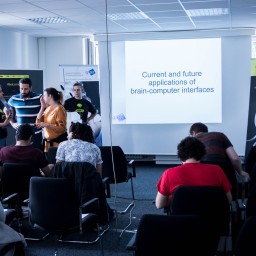 BR41N IO-Essen-2019-web
BR41N IO-Essen-2019-web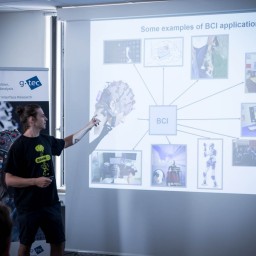 BR41N IO-Essen-2019-web-2
BR41N IO-Essen-2019-web-2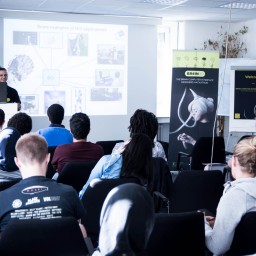 BR41N IO-Essen-2019-web-3
BR41N IO-Essen-2019-web-3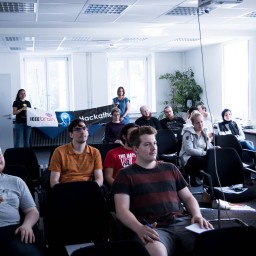 BR41N IO-Essen-2019-web-4
BR41N IO-Essen-2019-web-4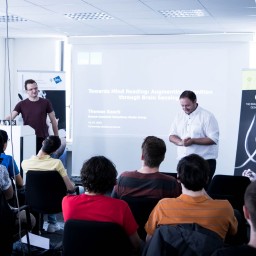 BR41N IO-Essen-2019-web-5
BR41N IO-Essen-2019-web-5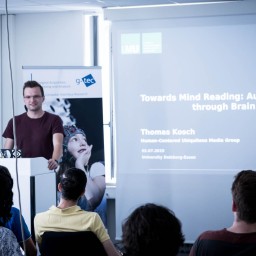 BR41N IO-Essen-2019-web-6
BR41N IO-Essen-2019-web-6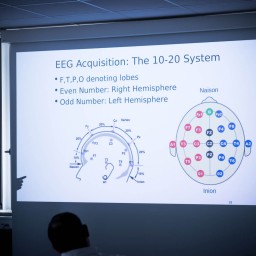 BR41N IO-Essen-2019-web-7
BR41N IO-Essen-2019-web-7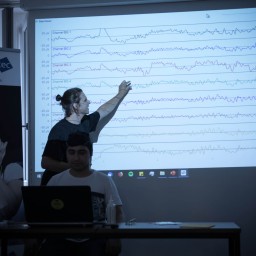 BR41N IO-Essen-2019-web-8
BR41N IO-Essen-2019-web-8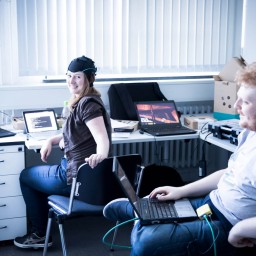 BR41N IO-Essen-2019-web-9
BR41N IO-Essen-2019-web-9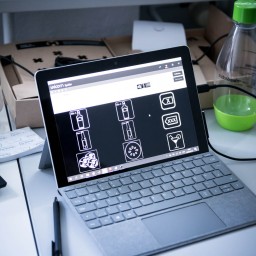 BR41N IO-Essen-2019-web-10
BR41N IO-Essen-2019-web-10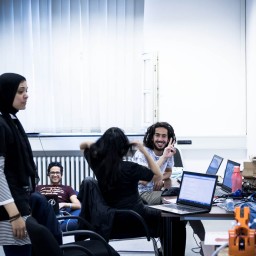 BR41N IO-Essen-2019-web-11
BR41N IO-Essen-2019-web-11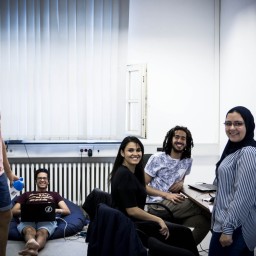 BR41N IO-Essen-2019-web-12
BR41N IO-Essen-2019-web-12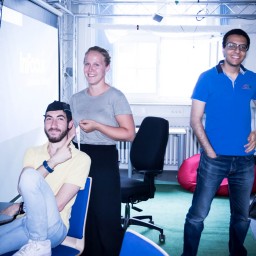 BR41N IO-Essen-2019-web-13
BR41N IO-Essen-2019-web-13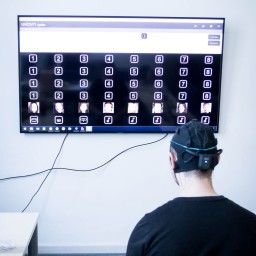 BR41N IO-Essen-2019-web-14
BR41N IO-Essen-2019-web-14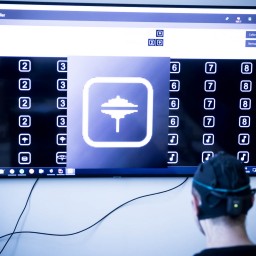 BR41N IO-Essen-2019-web-15
BR41N IO-Essen-2019-web-15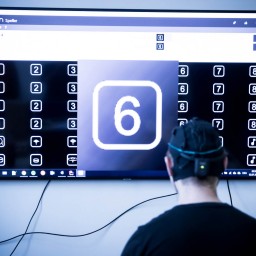 BR41N IO-Essen-2019-web-16
BR41N IO-Essen-2019-web-16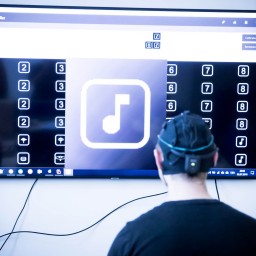 BR41N IO-Essen-2019-web-17
BR41N IO-Essen-2019-web-17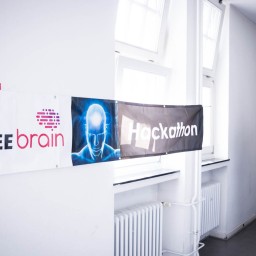 BR41N IO-Essen-2019-web-18
BR41N IO-Essen-2019-web-18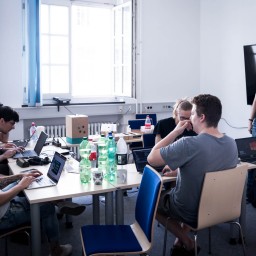 BR41N IO-Essen-2019-web-19
BR41N IO-Essen-2019-web-19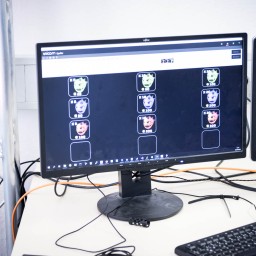 BR41N IO-Essen-2019-web-20
BR41N IO-Essen-2019-web-20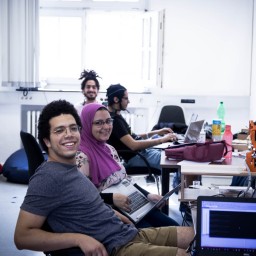 BR41N IO-Essen-2019-web-21
BR41N IO-Essen-2019-web-21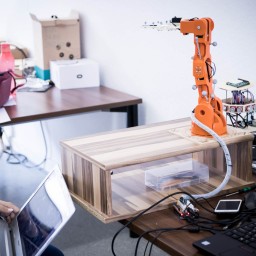 BR41N IO-Essen-2019-web-22
BR41N IO-Essen-2019-web-22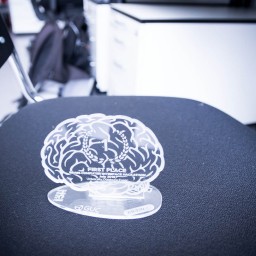 BR41N IO-Essen-2019-web-23
BR41N IO-Essen-2019-web-23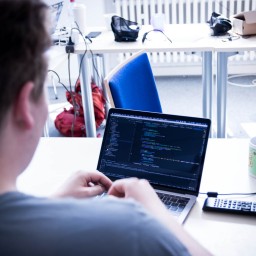 BR41N IO-Essen-2019-web-24
BR41N IO-Essen-2019-web-24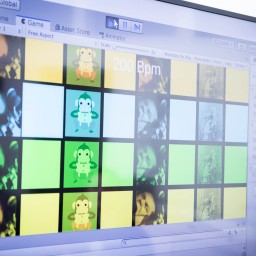 BR41N IO-Essen-2019-web-25
BR41N IO-Essen-2019-web-25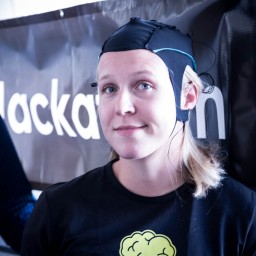 BR41N IO-Essen-2019-web-26
BR41N IO-Essen-2019-web-26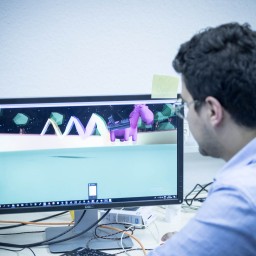 BR41N IO-Essen-2019-web-27
BR41N IO-Essen-2019-web-27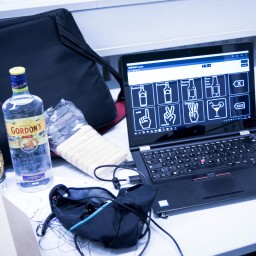 BR41N IO-Essen-2019-web-28
BR41N IO-Essen-2019-web-28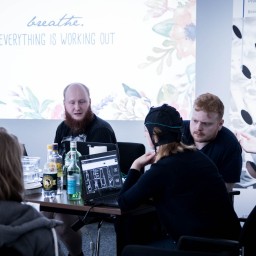 BR41N IO-Essen-2019-web-29
BR41N IO-Essen-2019-web-29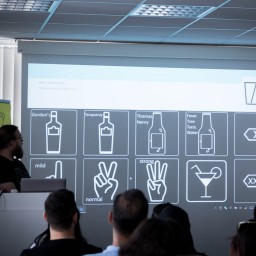 BR41N IO-Essen-2019-web-30
BR41N IO-Essen-2019-web-30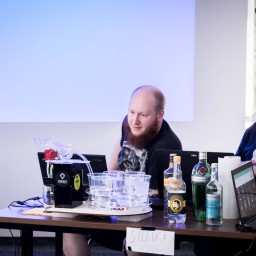 BR41N IO-Essen-2019-web-31
BR41N IO-Essen-2019-web-31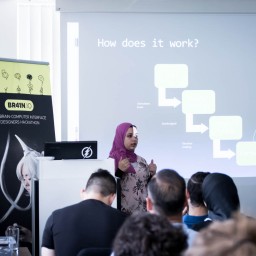 BR41N IO-Essen-2019-web-32
BR41N IO-Essen-2019-web-32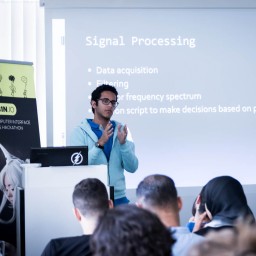 BR41N IO-Essen-2019-web-33
BR41N IO-Essen-2019-web-33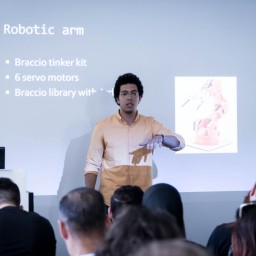 BR41N IO-Essen-2019-web-34
BR41N IO-Essen-2019-web-34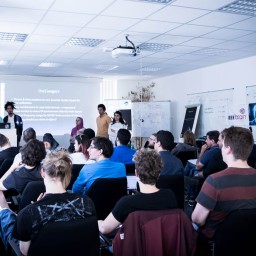 BR41N IO-Essen-2019-web-35
BR41N IO-Essen-2019-web-35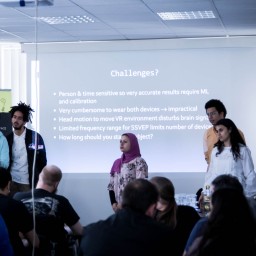 BR41N IO-Essen-2019-web-36
BR41N IO-Essen-2019-web-36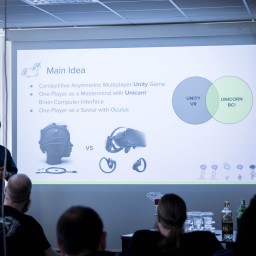 BR41N IO-Essen-2019-web-37
BR41N IO-Essen-2019-web-37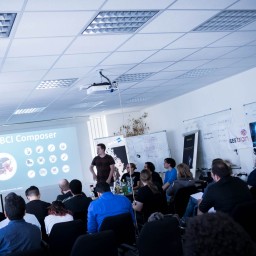 BR41N IO-Essen-2019-web-38
BR41N IO-Essen-2019-web-38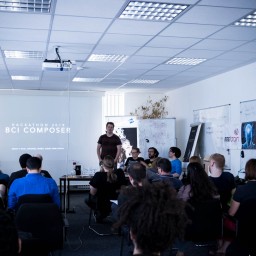 BR41N IO-Essen-2019-web-39
BR41N IO-Essen-2019-web-39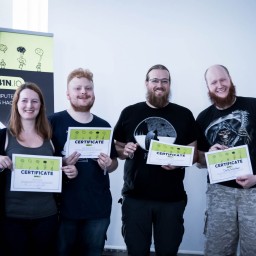 BR41N IO-Essen-2019-web-40
BR41N IO-Essen-2019-web-40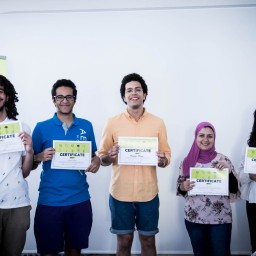 BR41N IO-Essen-2019-web-41
BR41N IO-Essen-2019-web-41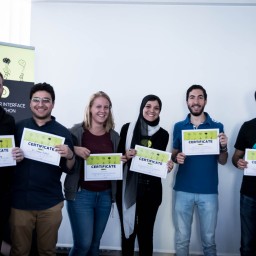 BR41N IO-Essen-2019-web-42
BR41N IO-Essen-2019-web-42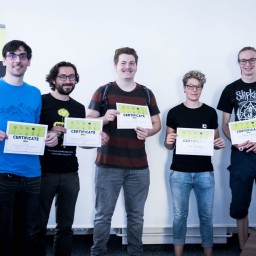 BR41N IO-Essen-2019-web-43
BR41N IO-Essen-2019-web-43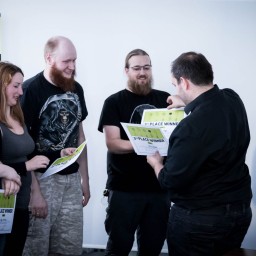 BR41N IO-Essen-2019-web-44
BR41N IO-Essen-2019-web-44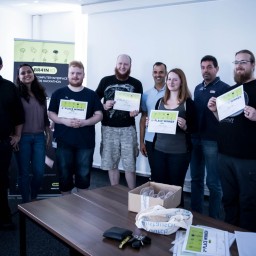 BR41N IO-Essen-2019-web-45
BR41N IO-Essen-2019-web-45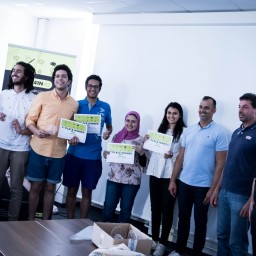 BR41N IO-Essen-2019-web-46
BR41N IO-Essen-2019-web-46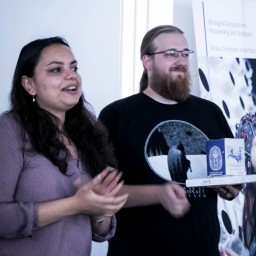 BR41N IO-Essen-2019-web-47
BR41N IO-Essen-2019-web-47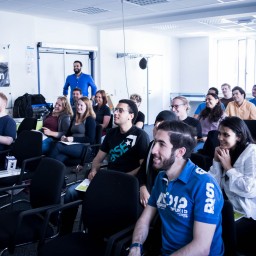 BR41N IO-Essen-2019-web-48
BR41N IO-Essen-2019-web-48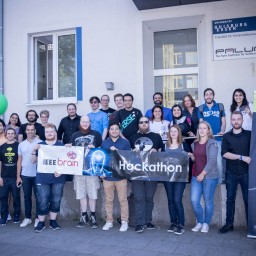 BR41N IO-Essen-2019-web-49
BR41N IO-Essen-2019-web-49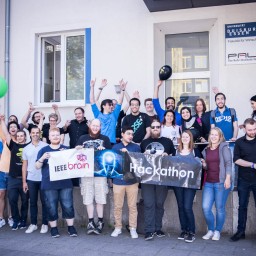 BR41N IO-Essen-2019-web-50
BR41N IO-Essen-2019-web-50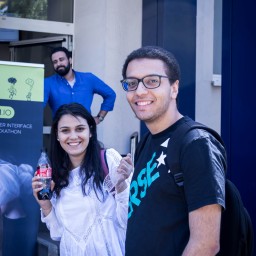 BR41N IO-Essen-2019-web-51
BR41N IO-Essen-2019-web-51
